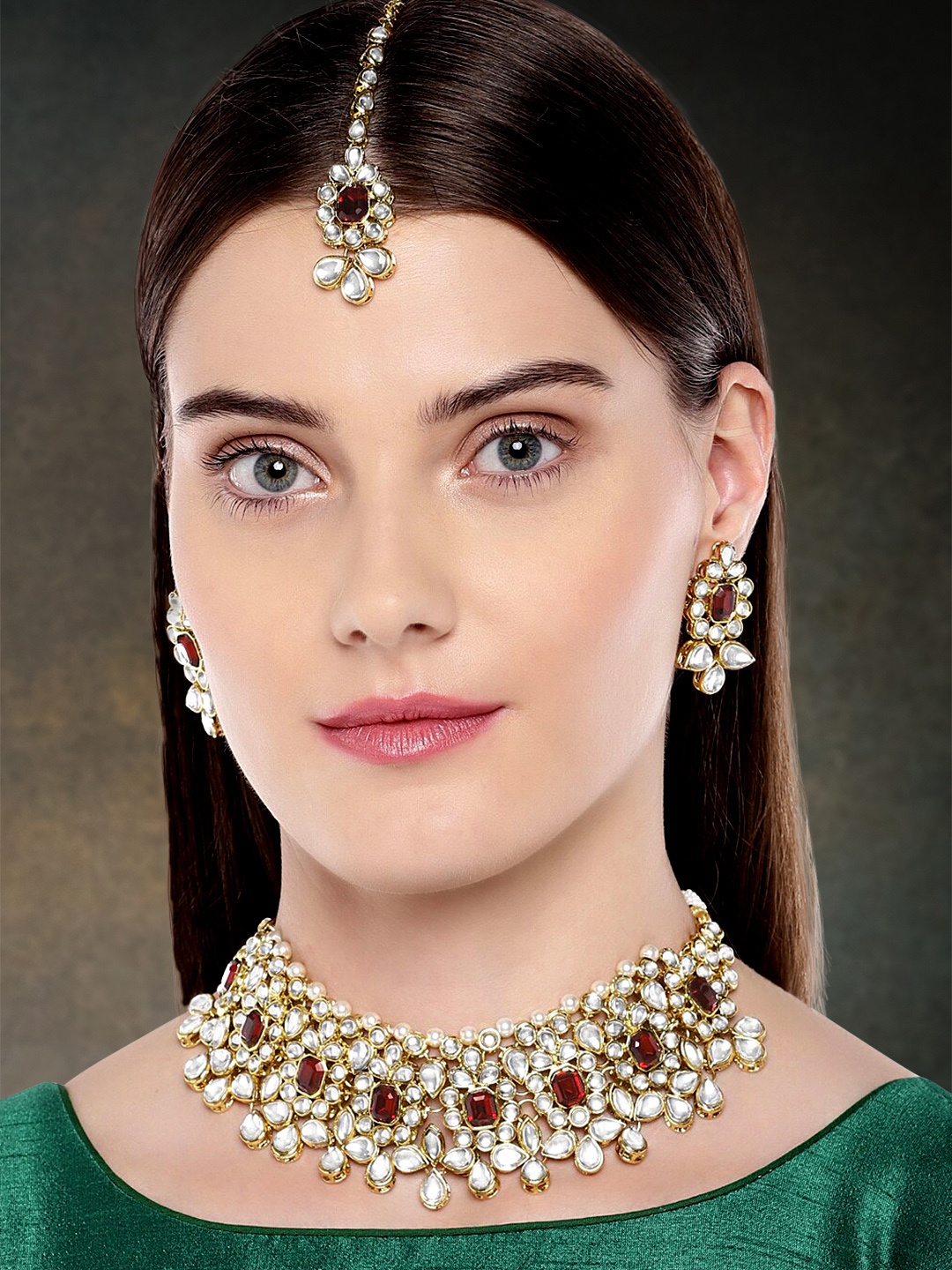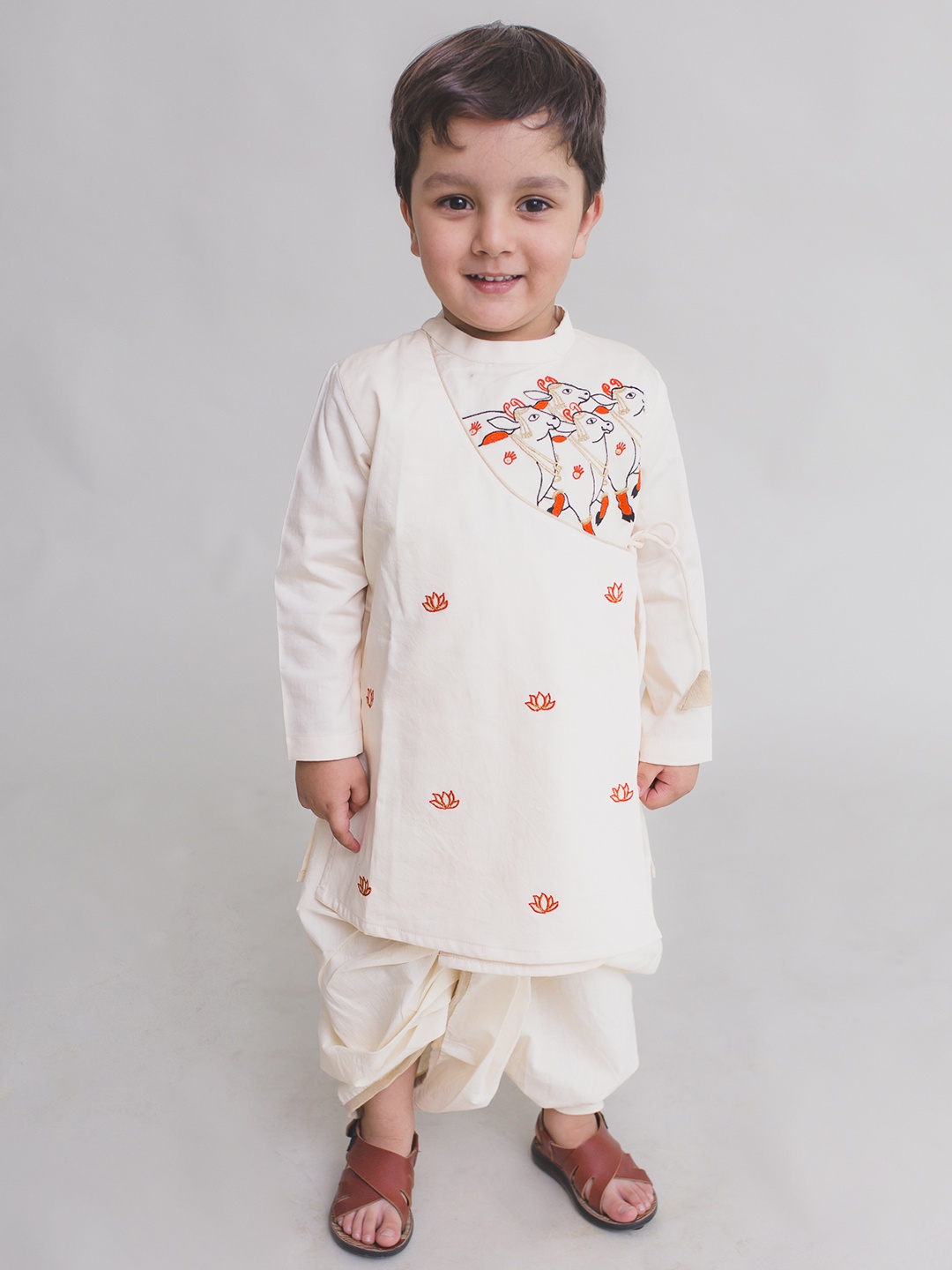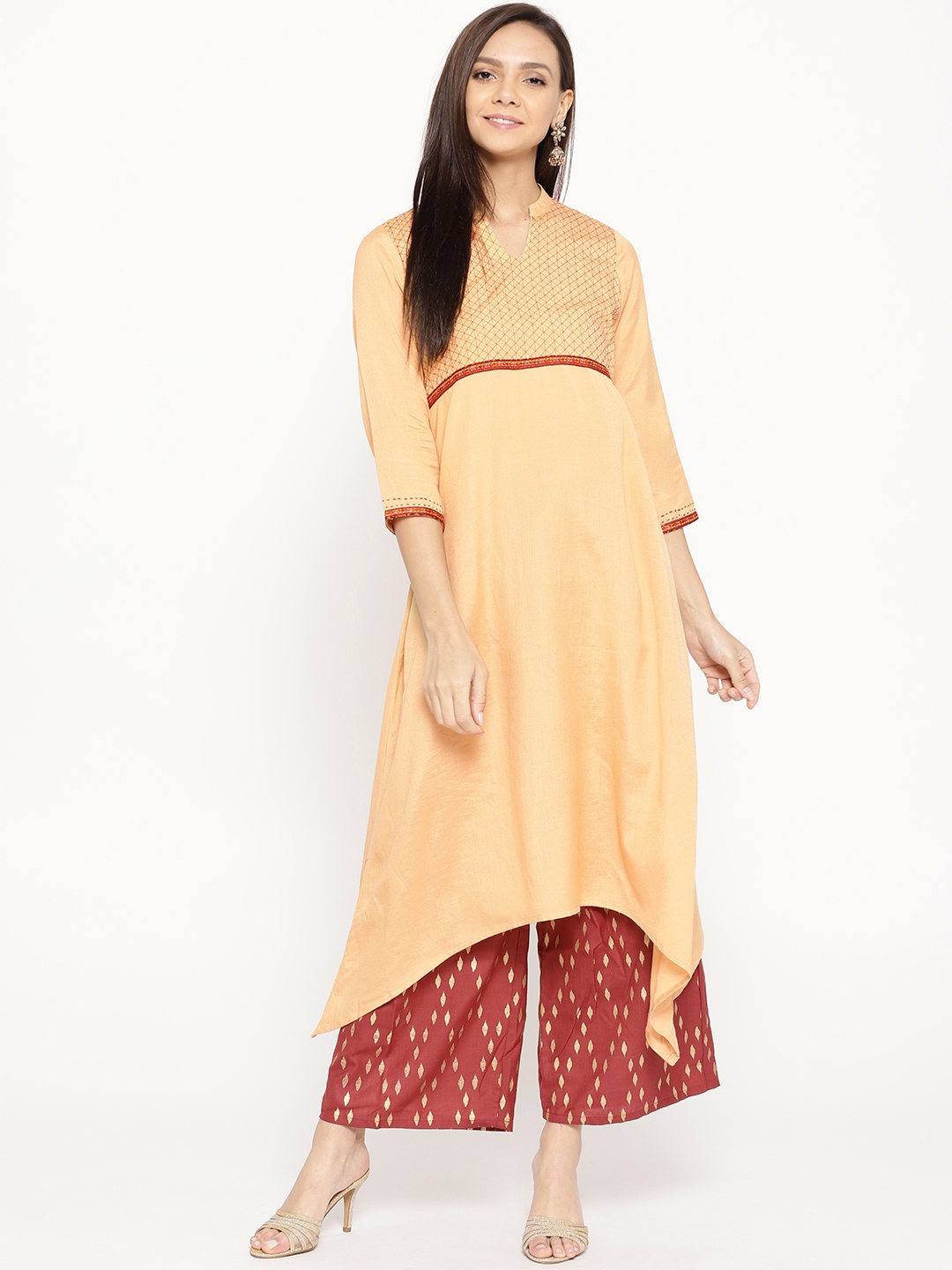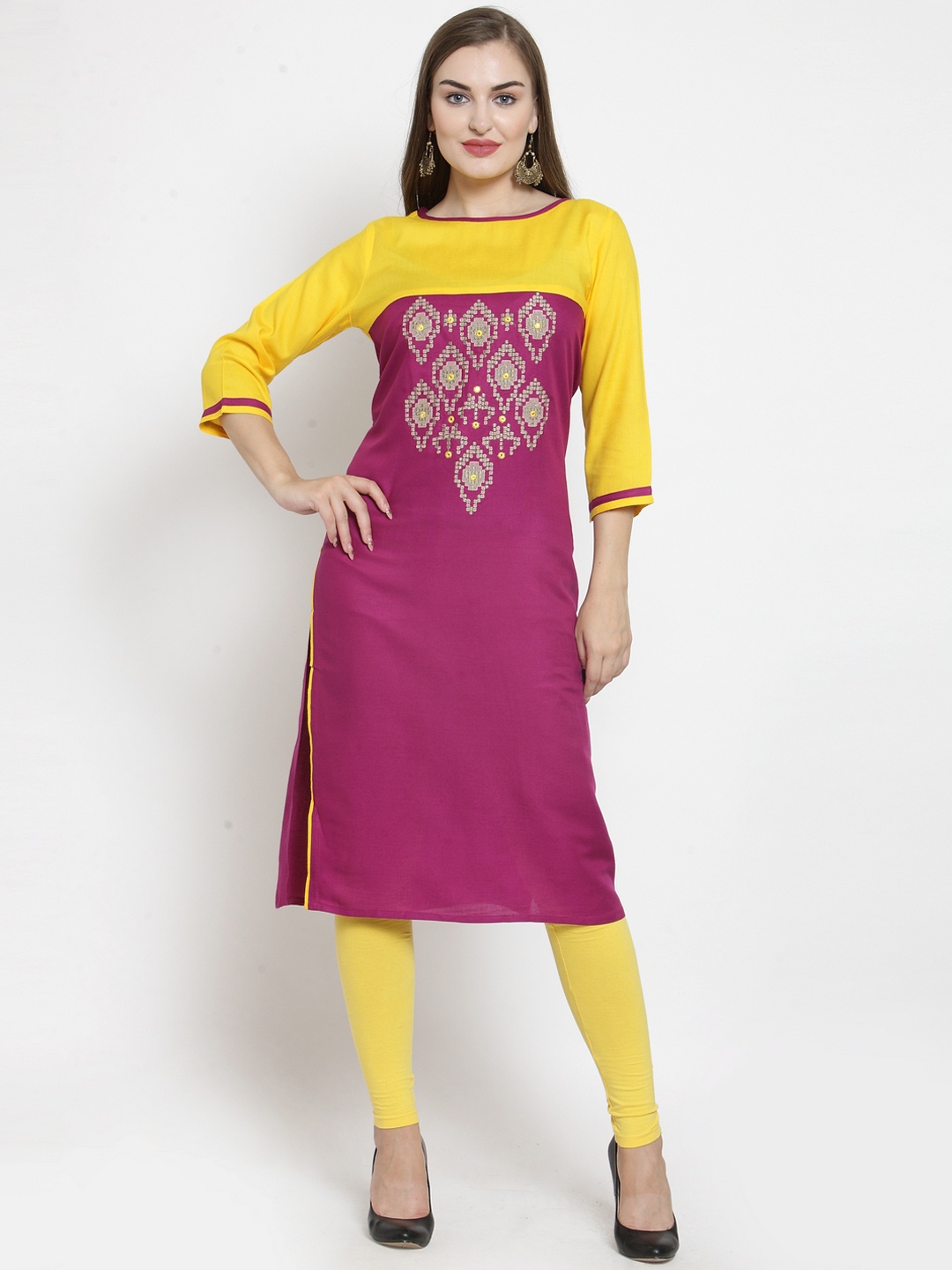How To Choose The Perfect Watch Size For Your Wrist: The Complete Guide
A watch is more than a tool to tell time, it is a companion that stays with you from boardrooms to chai breaks. Here is how to choose the right watch size to elevate your style to the next level.

Find the watch of your dreams in the correct size by following these tips.
A good watch is like a good pair of shoes, it should feel right the moment you wear it. The dial, strap, and case should sit comfortably without shouting for attention or drowning your wrist. Yet, choosing the right watch size can feel trickier than picking the right mango at the market, you only know if it's perfect when you've tried a few.
While most people rush towards designs and brands, size is often overlooked. The result? A beautiful watch that sits awkwardly, either dangling like a loose bangle or squeezing your wrist like a clingy relative. This guide takes you through the fine art of finding the watch size that suits you, both in style and in comfort. Here is how to choose the right watch size to elevate your style to the next level.

Follow these easy tips to find the right watch size for your wrist; Photo Credit: Pexels
1. Start with Your Wrist Measurement
Before even looking at catalogues, start with a simple measurement. Take a flexible measuring tape (or even a strip of paper) and wrap it around your wrist just above the wrist bone. Mark the length, measure it against a ruler, and note it down in centimetres.
Why is this important? Because watches are usually classified into case diameters, small (28–34 mm), medium (35–39 mm), and large (40–46 mm). Knowing your wrist size helps you immediately filter out options that won't suit you.
For example, a 6-inch wrist often pairs best with 34–38 mm cases, while an 8-inch wrist can pull off 42 mm and above. This doesn't mean you can't bend the rules, style is personal, but a measurement gives you a strong starting point. And yes, this 60-second exercise saves you from buying a ₹15,000 timepiece that ends up living in your drawer.
2. Understand Case Diameter and Thickness
The case diameter is the face of the watch, the most noticeable feature. The thickness, meanwhile, affects how it feels when you bend your wrist or slide your hand into a pocket.
A slim case (6–8 mm) is elegant and easy to wear under shirt cuffs. It's perfect for office settings or formal events. On the other hand, a thicker case (9–14 mm) often suits casual or sporty designs but can feel heavy after long wear.
Imagine a dinner party. A large, chunky watch on a thin wrist may steal attention, but for the wrong reason. Conversely, a tiny dial on a broad wrist can look like you borrowed a child's watch. Choosing a proportional diameter and comfortable thickness ensures your watch becomes part of you, not a distraction.
3. Pay Attention to Lug-to-Lug Distance
The lugs are the small arms where the strap or bracelet connects to the case. The lug-to-lug distance (the span from one lug tip to the other) can make or break the fit.
Even if the case diameter is right, a long lug-to-lug distance can cause the watch to overhang, making it look oversized. Ideally, the lug-to-lug should not exceed your wrist width.
Think of it like fitting a photo frame on a wall, you want it to fit neatly without spilling over the edges. Many watch buyers ignore this measurement, only to find their watch digging into their wrist or awkwardly floating above it.
When shopping, especially online, check this spec in the details section. A watch with a case diameter of 38 mm but a lug-to-lug of 50 mm will look entirely different from one with a 44 mm case and shorter lugs.

Pay attention to the lug-to-lug size when choosing a watch; Photo Credit: Pexels
4. Consider Strap or Bracelet Width
Straps and bracelets are not just accessories, they complete the watch's visual balance. As a rule of thumb, the strap width is about half the case diameter. So, a 40 mm watch typically pairs well with a 20 mm strap.
Too thin, and the watch may look top-heavy; too thick, and it can overpower the dial. Leather straps give a classic feel, fabric straps add a casual charm, and metal bracelets bring a robust, premium look.
For humid summers, a breathable strap like NATO or silicone can save you from sweaty wrists during metro rides. For formal dinners or weddings, a polished leather or stainless steel bracelet can add that touch of understated elegance.
The strap is also an easy way to experiment, switching it can make the same watch look festive for Diwali, relaxed for Sunday brunch, or sharp for Monday meetings.
5. Match Watch Style with Wrist Size
The style of your watch should complement your wrist's proportions. Dress watches are generally smaller, sleeker, and designed for elegance. Sports watches are bulkier, often with extra features like chronographs or tachymeters.
If you have a slender wrist, a simple dress watch with a minimal dial can feel sophisticated and comfortable. For broader wrists, chunkier designs or dive watches can look natural and powerful.
Think of watches like sunglasses, there's no one-size-fits-all. A wayfarer frame doesn't suit every face, and neither does a particular watch shape suit every wrist. Finding harmony between your wrist and the watch style keeps your look balanced.
Also Read: Ticking With Purpose: Why Watches Refuse To Go Out Of Style
6. Test Comfort Before Committing
A watch might look perfect in the display case, but comfort is the real test. Wear it for a few minutes. Move your wrist around. Try typing, raising your hand, and putting it into your pocket.
If it pinches, slides too much, or feels like a dumbbell, it's not right, no matter how pretty it is. Comfort matters because a watch is an all-day companion, not an occasional accessory like a cufflink.
Many shoppers fall for the ‘it will adjust over time' belief. But an uncomfortable watch will likely end up stored away. Spend those extra minutes in the store (or make use of return policies) to ensure it feels as good as it looks.

Try different sizes to find the best one that provides the utmost comfort; Photo Credit: Pexels
7. Don't Ignore Watch Weight
The heft of a watch can influence how often you wear it. Heavy watches can feel solid and premium but may become tiring during a long day. Lightweight options, especially with titanium or resin cases, offer comfort without sacrificing style.
Picture wearing a heavy watch during a wedding celebration, it might start as a statement piece, but by the time you've reached the third round of dancing, it could feel like a workout weight.
Weight is subjective, some enjoy the solid feel, while others prefer a barely-there presence. The key is to find what suits your lifestyle. If you're often on the move, a lighter watch might be a better everyday partner, saving your wrist from fatigue.
8. Mind the Watch Shape
Round watches dominate the market, but rectangular, square, and tonneau shapes bring personality. However, shape can change how size is perceived.
Rectangular watches often look smaller than their measurements suggest, making them a good choice for smaller wrists. Round watches are more traditional but can appear larger, especially with minimal bezels.
This is where style meets geometry. A 38 mm round dial may look bigger than a 38 mm square one. Choosing a shape that flatters your wrist ensures the watch feels intentional, not accidental.
9. Factor in Bezel Size and Dial Details
Bezels, the ring around the watch face, can make the watch appear bigger or smaller. A thick bezel can make a large case feel smaller, while a thin or absent bezel gives the dial a broader presence.
Similarly, dial details matter, busy chronographs or large markers can make a watch seem bulkier, while minimalist dials feel lighter.
Imagine wearing a diver's watch with a chunky rotating bezel, it can feel sportier and more dominant. In contrast, a thin-bezel dress watch can slide quietly under a shirt cuff while still catching the light beautifully.

Consider bezel size and dial details to find something of your fashion preference; Photo Credit: Pexels
10. Trust Your Reflection, Not Just the Specs
Numbers guide you, but the mirror decides. Try on different sizes and styles, and see how each watch makes you feel. Sometimes, a watch outside your “ideal” measurement range just feels right, and that's perfectly fine.
It's similar to choosing a kurta; measurements help, but the final choice often comes down to how confident and comfortable you feel wearing it.
A perfect watch isn't just about millimetres; it's about moments. The one that makes you check your wrist not for the time but for the joy of wearing it, that's the winner.
Products Related To This Article
1. Mast & Harbour Unisex Navy Blue Analogue Mariner Watch
2. Timex Women Bracelet Style Straps Analogue Watch
3. Mast & Harbour Unisex Brass Dial & Stainless Steel Textured Straps Analogue Watch
4. Fastrack Vyb Showstopper Women Embellished Dial Analogue Watch
5. JOKER & WITCH Women Black & Rose Gold-Toned Analogue Watch
6. CASIO Vintage A168WA-1WDF Black Digital Dial Silver Stainless Steel Band
7. Titan Men Green Analogue Watch
8. Daniel Hechter Paris Montmartre Collection Square Dial Watch for Men with Silicone Strap
Choosing the perfect watch size is an art where measurements meet personal style. It's about proportions, comfort, and the way the watch complements your wrist rather than dominating it. From lug-to-lug distances to strap widths, every detail plays a role in how the watch looks and feels.
The next time you browse the counters, resist the urge to grab the flashiest dial. Instead, take a few minutes to measure, compare, and try. Your perfect watch is out there, waiting to sit on your wrist as naturally as it tells the time. And when you find it, every glance at your wrist will feel like a small, stylish victory. Shop stylish watches for men and women online.
Disclaimer: The images used in this article are for illustration purpose only. They may not be an exact representation of the products, categories and brands listed in this article.

























